The project work "Holistic Planning of an Assembly Line for Door Side Panels" in cooperation with SMP Deutschland GmbH was unfortunately under the sign of the Corona pandemic with virtual presence, but very practical and close to the process. The students all gave feedback that they felt up close and live in the company.
Objectives of the project work: Analysis of the existing assembly layout (ACTUAL analysis); conception and development of a new assembly layout (target state); increase in productivity; space savings; ensuring proper process and material flow; integration of KPI systems and digital solutions in the assembly line; optimization of technical and logistical infrastructure; concepts for compressed air savings and extraction protection; design of lighting and illumination equipment.
During the implementation phase, there were a series of virtual meetings. The results can be summarized as follows:
- Development of an innovative and effective assembly layout for door side panels;
- Clocking out of individual workers to a consistent level with the option of flexible work systems;
- Development of a key performance indicator system with links to process-relevant information;
- Development of concepts for compressed air supply, extraction protection and lighting systems.
The supervision on the part of the THI was taken over by Prof. Dr. Robert Götz. The representative of SMP Deutschland GmbH was Mr. Sebastian Schierlinger, Lean Manager Lean Manufacturing. The philosophy of the project was to integrate many practical contents and workshops into the project work. Due to Corona, the practical, hands-on involvement in the process was omitted. Instead, however, there were many learning walls on all project-related topics (e.g. MTM, factory planning, process and material flow, layout planning procedures, lean manufacturing, digitization solutions).







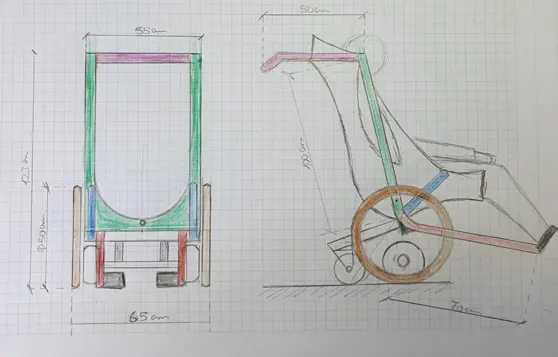
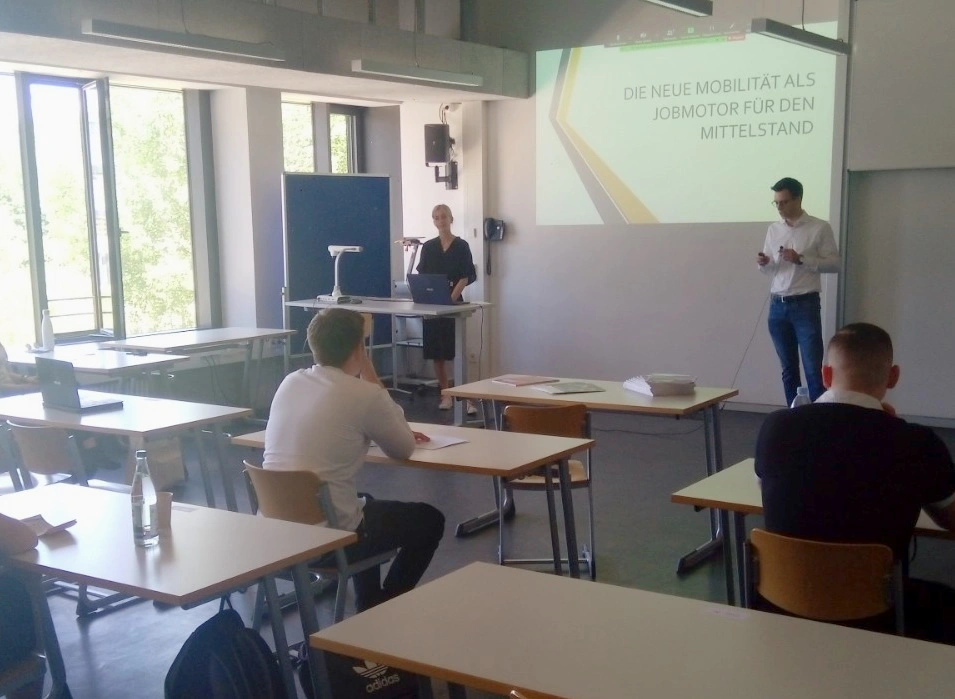
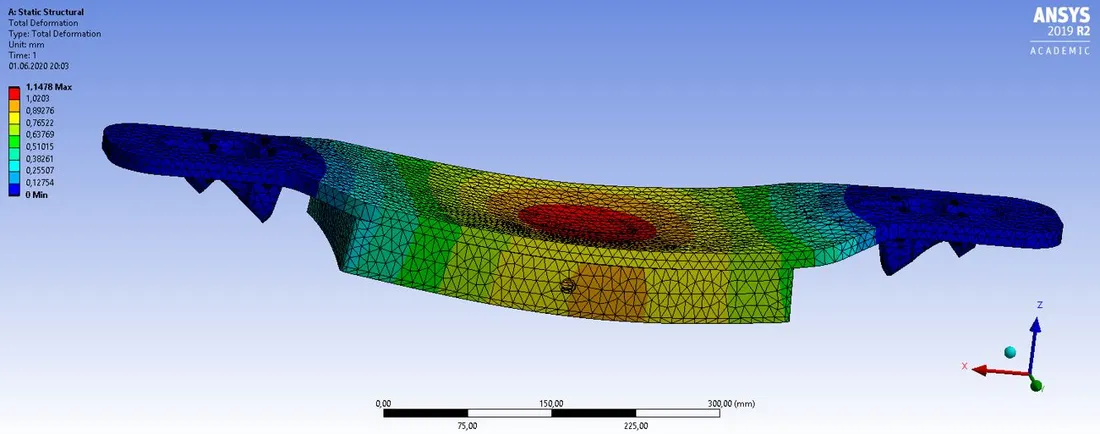
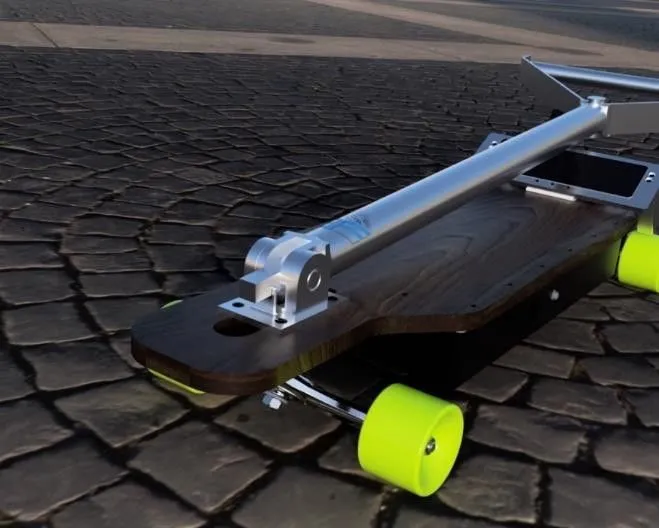
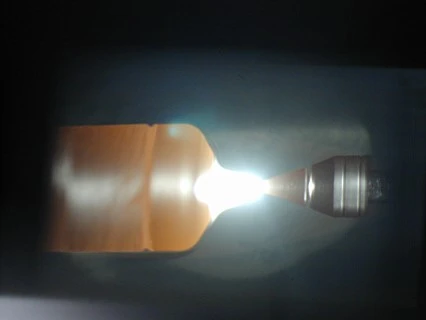
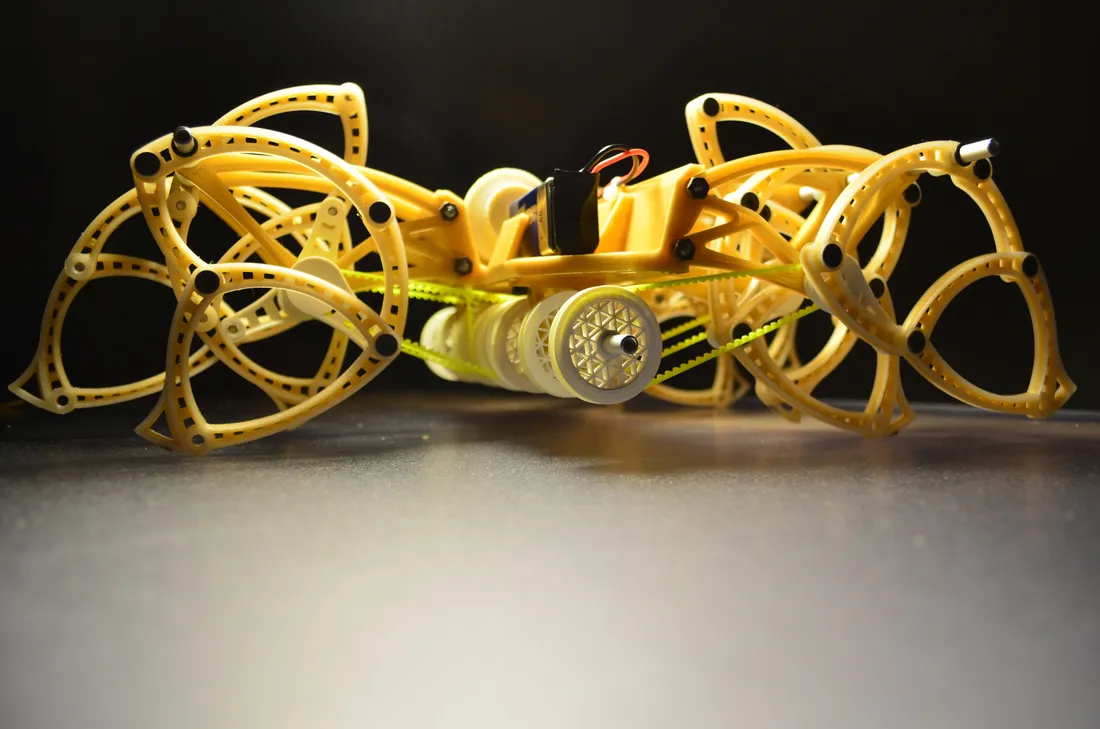
![[Translate to English:] Logo Akkreditierungsrat: Systemakkreditiert](/fileadmin/_processed_/2/8/csm_AR-Siegel_Systemakkreditierung_bc4ea3377d.webp)








![[Translate to English:] Logo IHK Ausbildungsbetrieb 2023](/fileadmin/_processed_/6/0/csm_IHK_Ausbildungsbetrieb_digital_2023_6850f47537.webp)


